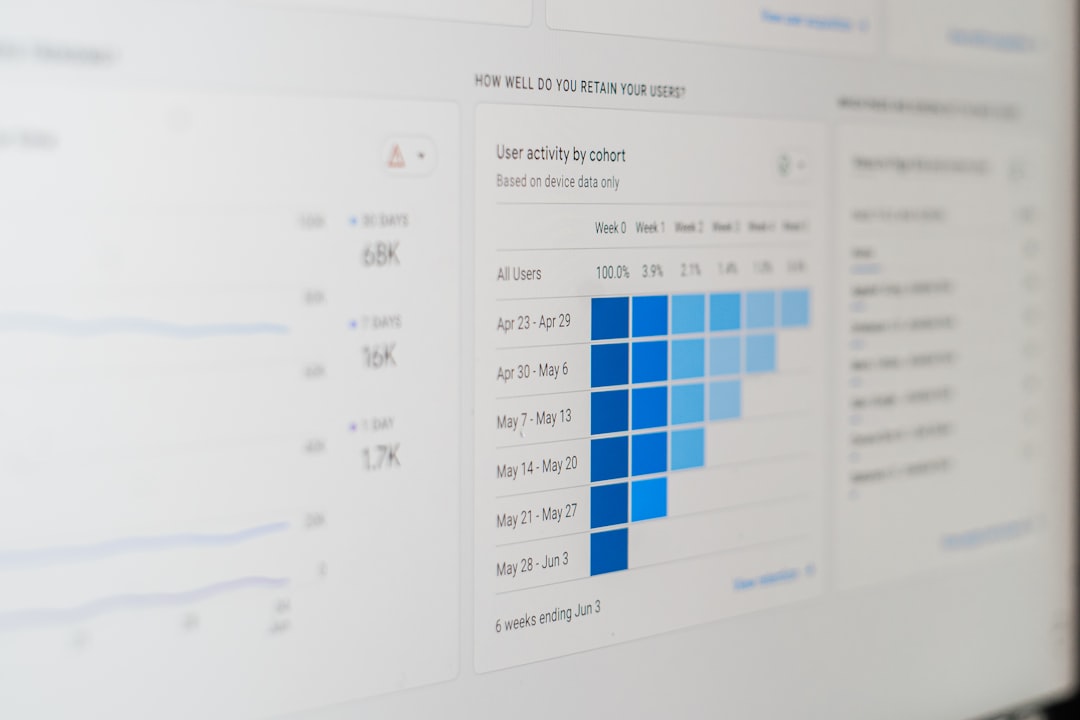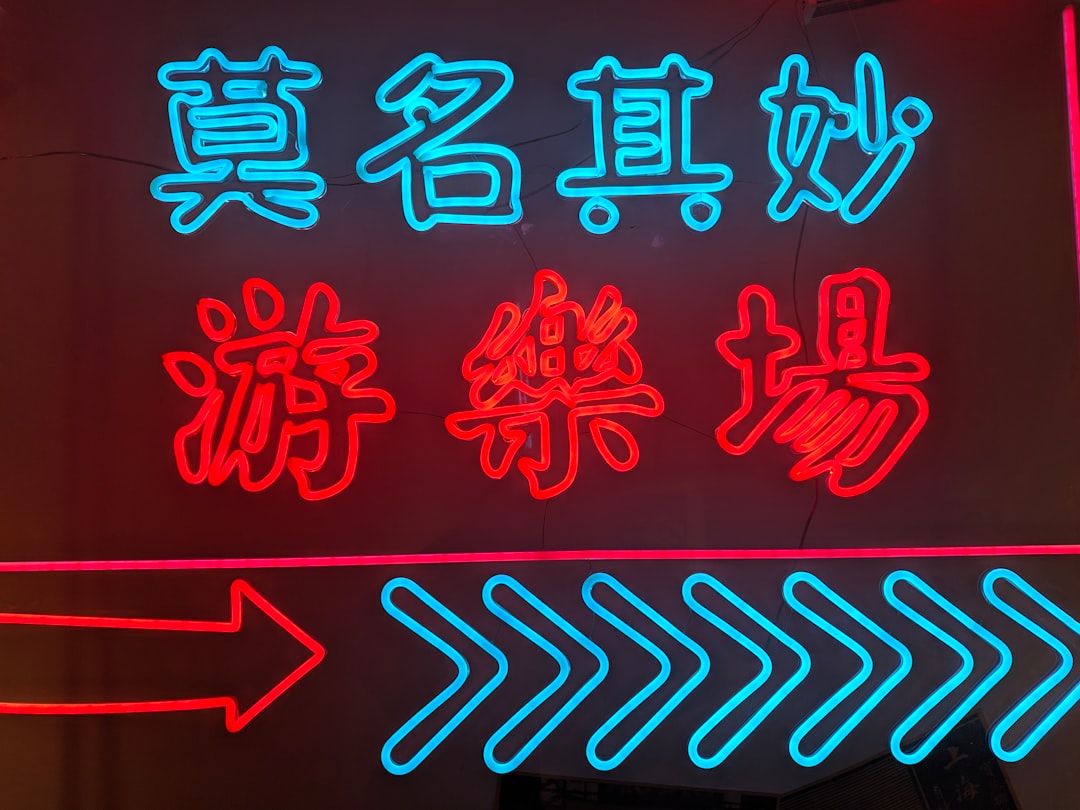rel=canonical: the ultimate guide
Ever feel like your site has too many similar pages? Or maybe you’re worried that Google might get confused about which version of your content to show? Don’t panic. There’s a handy tool called rel=canonical that can help.
What Is rel=canonical?
Rel=canonical is a tiny bit of HTML that tells search engines which version of a page is the original. It’s like saying, “Hey Google, I know there are other copies of this page, but THIS one is the main one.”
You use it by adding a special link tag in the <head> of your HTML:
<link rel="canonical" href="https://example.com/original-page" />That’s it. Simple, right?
Why Use It?
Imagine you have the same article on two different URLs. Search engines might think it’s copied content (bad for SEO!).
Rel=canonical saves the day. It tells search engines which version to count—and which to ignore when ranking.
Here’s what it can help you with:
- Preventing duplicate content issues
- Consolidating link equity (all the good SEO juice)
- Helping search engines focus on your best content

When Should You Use It?
Mostly when you have pages that are very similar or identical. This happens more than you think!
Common situations include:
- URL parameters (like filters or tracking tags)
- Mobile vs. desktop versions
- HTTPS and HTTP versions
- WWW and non-WWW versions
- Content syndication across multiple platforms
Basically, whenever there’s a risk of duplicates, slap on a canonical tag.
How to Add It
The simplest way is to edit the HTML <head> section of your page. Just insert the following line:
<link rel="canonical" href="https://your-original-page.com" />That tells search engines: “This is the one to rank.”
Tip: If your page is the original, set the canonical URL to itself!
Pro Tips
- Use absolute URLs: Always include the full path (like
https://example.com/page). - Be consistent: Make sure your canonical tags don’t contradict each other.
- Don’t confuse search engines: Point only to the most relevant and cleanest version.
- Only one canonical per page!
Too many tags can create a mess. One is enough.
What Happens If You Don’t Use It?
Well, Google might:
- Split your page ranking between different URLs 🥲
- Ignore some of your pages
- Think you’re duplicating content

So yeah, it’s kind of a big deal.
Rel=Canonical vs. 301 Redirect
Both are used to point to a “preferred” page, but they work differently.
- 301 Redirect: Moves users and search engines to a new page.
- Rel=canonical: Keeps both pages, but tells search engines which to prefer.
Use 301 if a page is gone forever. Use canonical if it’s still around but you want to focus SEO power on another version.
How to Check It’s Working
Head to your favorite SEO tool (like Google Search Console, Ahrefs, or Screaming Frog) and crawl your site.
They’ll tell you if canonical tags are present—and if they’re pointing to the right pages.
Common Mistakes
Watch out for these:
- Pointing all pages to the homepage. Nope, bad idea!
- Using relative URLs
- Conflicting tags in paginated or filtered pages
- Forgetting to update older content with newer canonicals
Wrap-Up
Rel=canonical is your site’s way of saying, “This is the real MVP.”
It’s simple, powerful, and helps you keep your SEO squeaky clean. Whether you run a blog, store, or big ol’ website, using canonical tags wisely can boost your rankings and help Google understand your content.
Set it correctly, and search engines will love you for it.

Comments are closed.